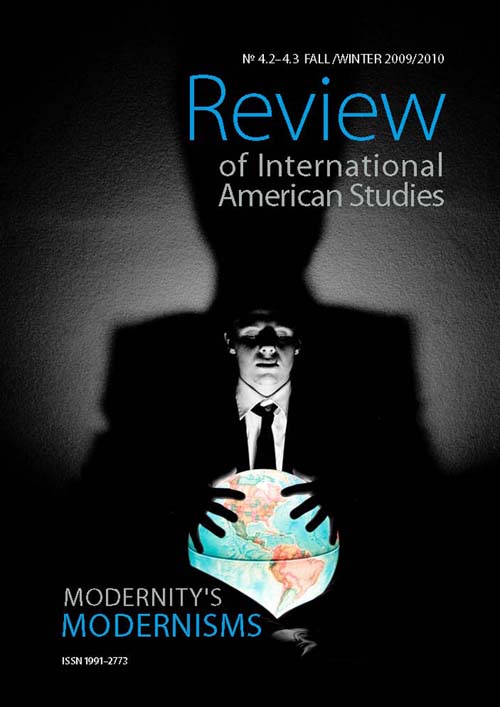Of Indians and Modernity in Gloria Anzaldúa’s "Borderlands/La frontera: The New Mestiza"
Of Indians and Modernity in Gloria Anzaldúa’s "Borderlands/La frontera: The New Mestiza"
Author(s): Tace HedrickSubject(s): Language and Literature Studies, Studies of Literature, Other Language Literature, Cultural Anthropology / Ethnology
Published by: Wydawnictwo Uniwersytetu Śląskiego
Summary/Abstract: In this essay, I suggest that the work of Chicana lesbian feminist writer Gloria Anzaldúa, especially in her 1987 "Borderlands/La frontera: The New Mestiza", belongs to a long-standing history of Latin American as well as United States conversations about race, sexuality, and modernity. Her late 20th century Chicana lesbian-feminist viewpoint is often read as the antithesis of a modernist viewpoint, and indeed it provides a lens through which modernist ideas are refracted. Yet her appeals to the fusion of (racial) opposites and her romanticizing of ‘the Indian woman in us’ find some of their most basic language and imagery in longstanding 20th century Mexican discourses of mestizaje (indigenous and white Hispanic race-mixing)and indigenismo (romanticized readings of indigenous oppression). In fact Anzaldúa’s invocation, in "Borderlands", of the Mexican politician and thinker José Vasconcelos’ 1926 "La raza cósmica" (The Cosmic Race) alerts us to the place of her work in the history of modernism in the Americas.Thus I argue that the conceptual scaffolding for Borderlands inherited some key modernist assumptions from early 20th century Mexican thought, when discourses of mestizaje and indigenismo were employed in building a modern future on an ancient indigenous past. Such a project was modernist in that it assumed fundamental differences between ‘modern’ and ‘indigenous’ people: modern people were rational, scientific, light-skinned, and future-oriented, while indigenous peoples were primitive, dark, timeless, and more naturally spiritual. Tracing Anzaldúa’s connection specifically to Mexican modernism resituates her work within a transnational genealogy of ideas about race, sexuality, and race-mixing, from the early decades of the 20th century in Mexico to the later decades of Chicano civil rights movements in the United States, and to the publication of Borderlands itself.
Journal: Review of International American Studies
- Issue Year: 4/2010
- Issue No: 1-2
- Page Range: 49-66
- Page Count: 18
- Language: English

